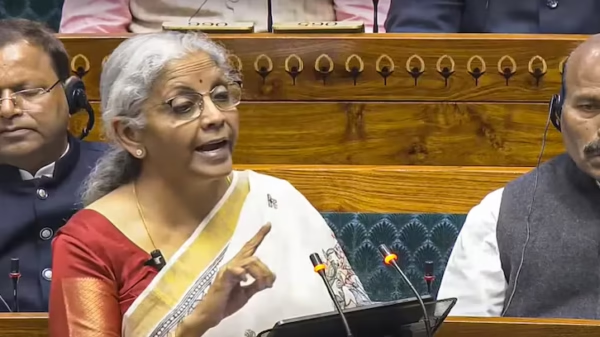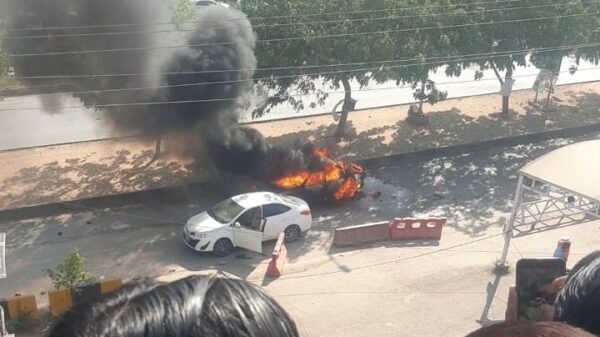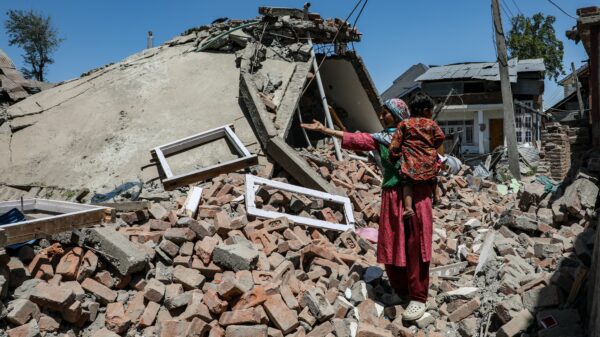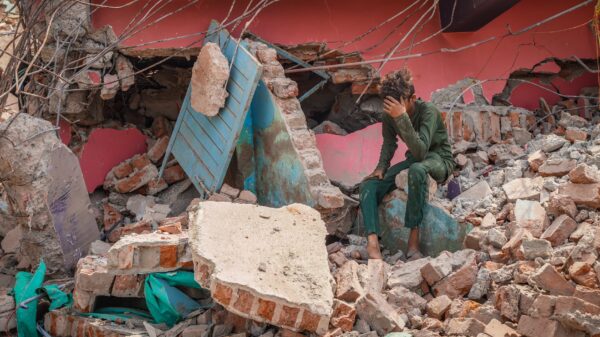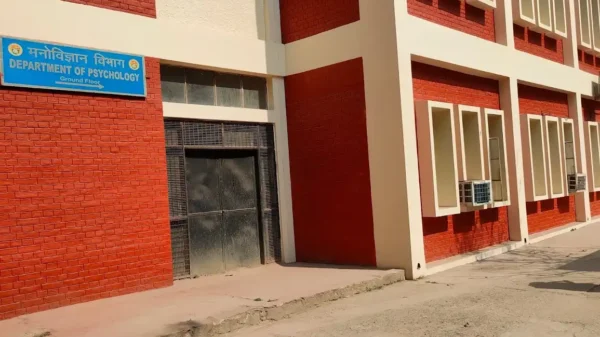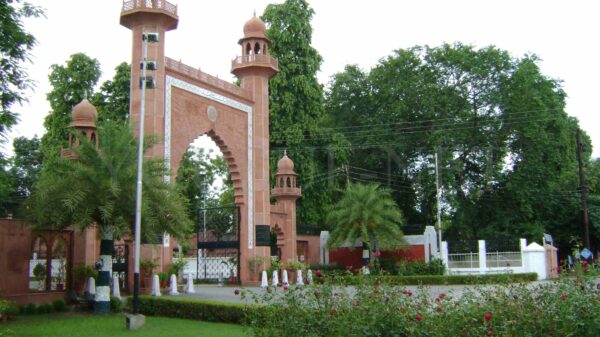Punjab witnessed a spike in stubble-burning incidents on Tuesday, with 1,776 cases reported, pushing the total farm fires for the season to 28,117. The data, released by the Ludhiana-based Punjab Remote Sensing Centre, highlights a resurgence in crop residue burning, contributing to deteriorating air quality in Haryana and the border state.
The figures indicate a notable increase compared to recent days, as the state reported 639 cases on November 9, followed by six on November 10, 104 on November 11, 987 on November 12, and 1,624 on November 13. Paddy straw burning in Punjab and Haryana has been identified as a major factor behind the alarming surge in air pollution levels in Delhi during October and November.
Bathinda recorded the highest number of farm fires on Tuesday at 258, followed by 253 in Barnala, 188 in Sangrur, 181 in Moga, 176 in Ferozepur, and 149 each in Fazilka and Faridkot. This represents a stark contrast to the same day in 2021 and 2022 when the state reported 2,541 and four fires, respectively.
From September 15 to November 14, Sangrur leads in total stubble burning cases with 4,961, followed by 2,554 in Ferozepur, 2,063 in Mansa, 2,061 in Bathinda, and 1,916 in Tarn Taran.
Air quality indices (AQI) in Haryana and Punjab reflected alarming levels. In Gurugram, Haryana, the AQI reached 383, followed by 381 in Faridabad, 356 in Hisar, and 340 in Narnaul. In Punjab, Bathinda reported the highest AQI at 391, with Patiala at 251, Ludhiana at 240, and Chandigarh, the joint capital, at 167.
The deteriorating air quality is marked by an AQI categorization of ‘poor’ and ‘very poor,’ posing health risks.







